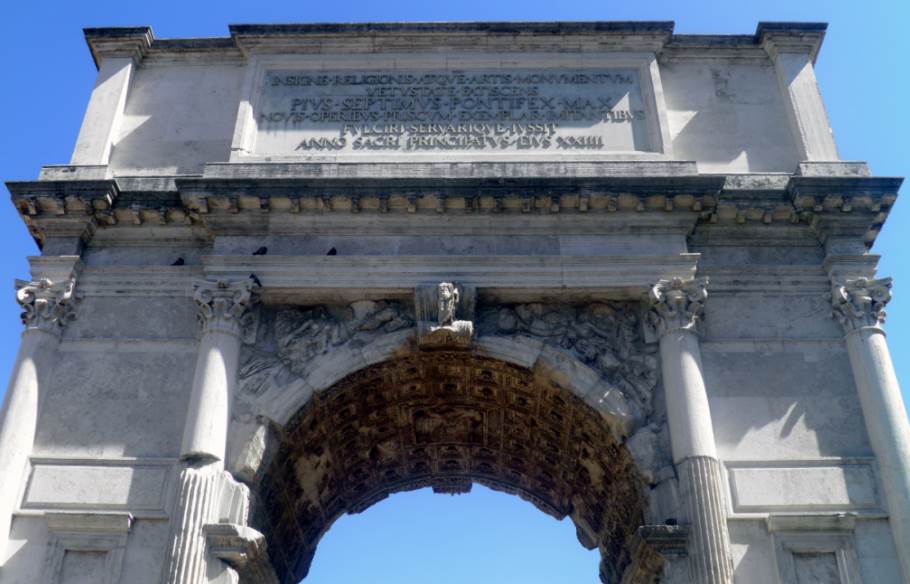It’s one of many amazing arches that were constructed in Ancient Rome.
In this post, you’ll discover the ultimate list of facts about the Arch of Titus, one of the most famous monuments in Rome.
1. It’s not really a triumphal arch
The Arch of Titus wasn’t built as a triumphal arch but as an honorific arch. The triumphal Arch of Titus was located at the eastern end of the Circus Maximus, ancient Rome’s major chariot-racing stadium.
Nothing remains of the triumphal Arch of Titus inside the Circus Maximus, even though fragments of the lost triple-bay arch have been found in its ancient location back in 2015.
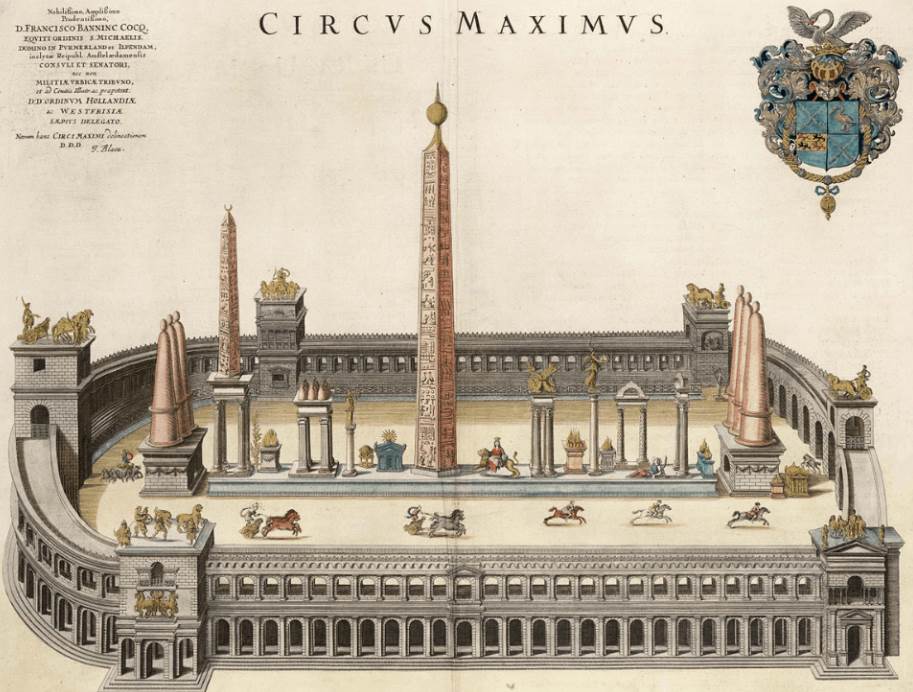
2. The Arch of Titus was built for two reasons
The Arch of Titus was built in the year 81 A.D. by Roman Emperor Domitian. He started construction of the honorific Arch shortly after the death of his brother, Titus.
The Arch of Titus was built to commemorate the deification of Titus, also called the “consecratio.” This was celebrated in a traditional procession that went through the streets of Ancient Rome.
The second reason was to commemorate the victory of Titus and Domitian together with their father Vespasian over the Jewish rebellion in Judaea, which resulted in the capture of Jerusalem (70 A.D.). The Roman Army was under the command of Titus at that moment.
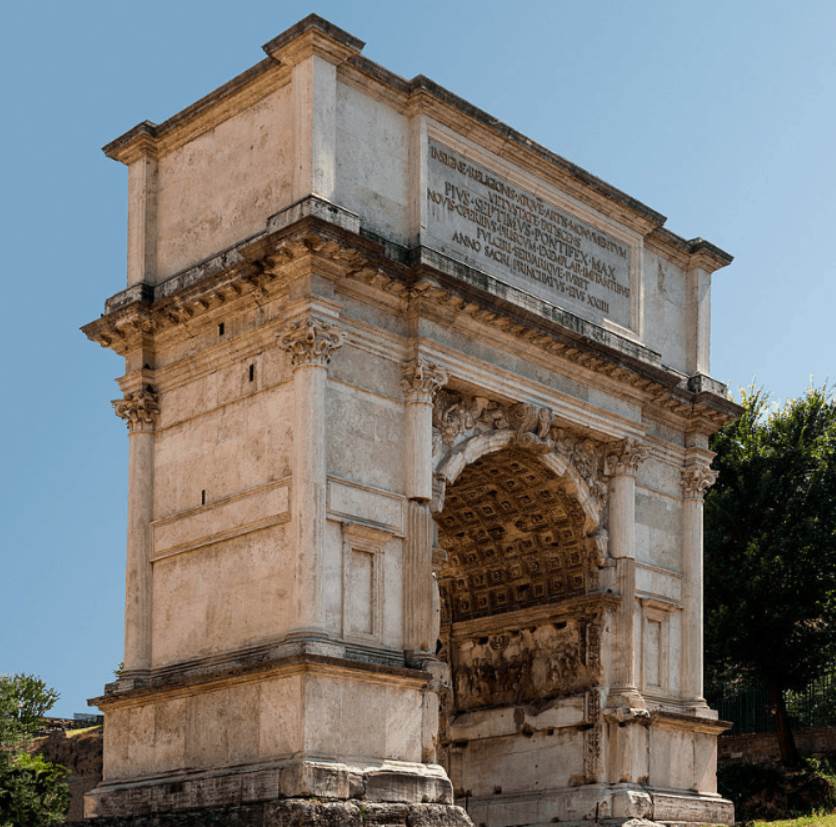
3. Its creator built the most famous structure in Rome
Titus and Domitian, together with their father Vespasian, formed the Flavian Dynasty, which ruled over Ancient Rome for 27 years.
Even though their reign ended abruptly when Domitian was assassinated in the year 96 A.D., they left their permanent mark on the city of Rome.
One of the most interesting facts about the Arch of Titus is that the Emperor who created it also finished the construction of the most famous structure that was ever built in Ancient Rome, The Flavian Amphitheater, better known as the Colosseum.
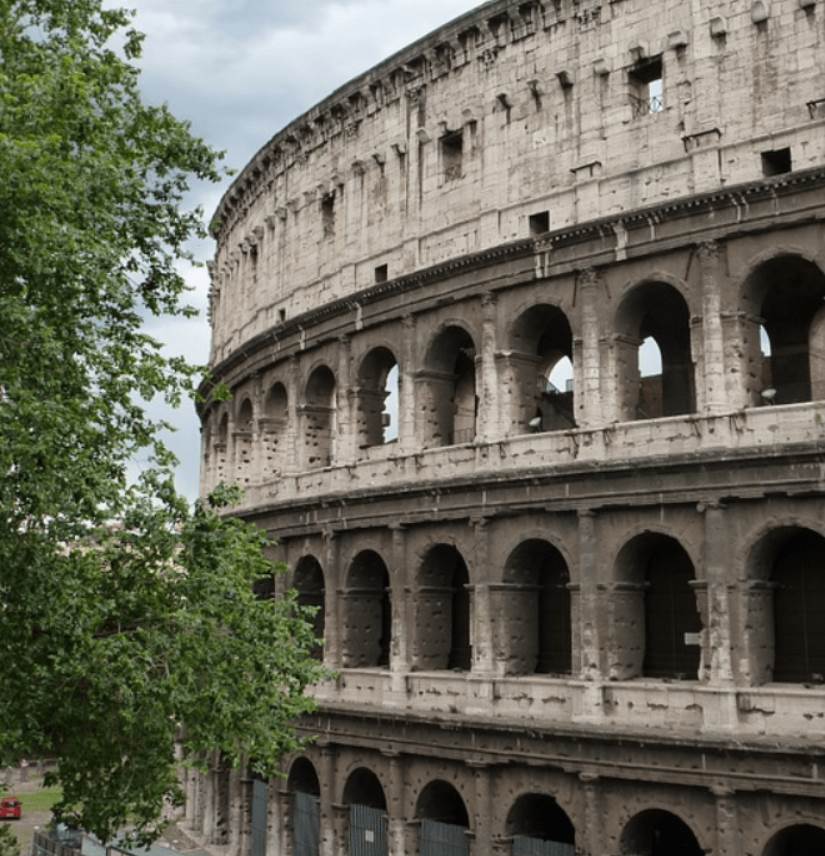
4. The Flavians got their funding in Judaea
The victory in Judaea meant that the Jewish people were driven out of the city of Jerusalem, their holy city. Their temples were destroyed and the Romans brought the booty back to Rome.
The Flavians, starting with Emperor Vespasian, used the spoils of Jerusalem, which included both money and slaves, to construct the Colosseum.
They also launched a propaganda campaign that included the 71 A.D. procession. This is depicted in the reliefs of the Arch of Titus which shows the spoils of Jerusalem being brought to Rome.
5. The menorah depicted on the arch became the symbol of Israel
One of the panels depicts a menorah that was used in the Temple of Jerusalem. The Romans had destroyed the temple and brought the menorah, which is a seven-lamp ancient lampstand made of pure gold.
In a competition held in 1948 to design the emblem of the State of Jerusalem, the Menorah depicted on the Arch of Titus was used as inspiration.
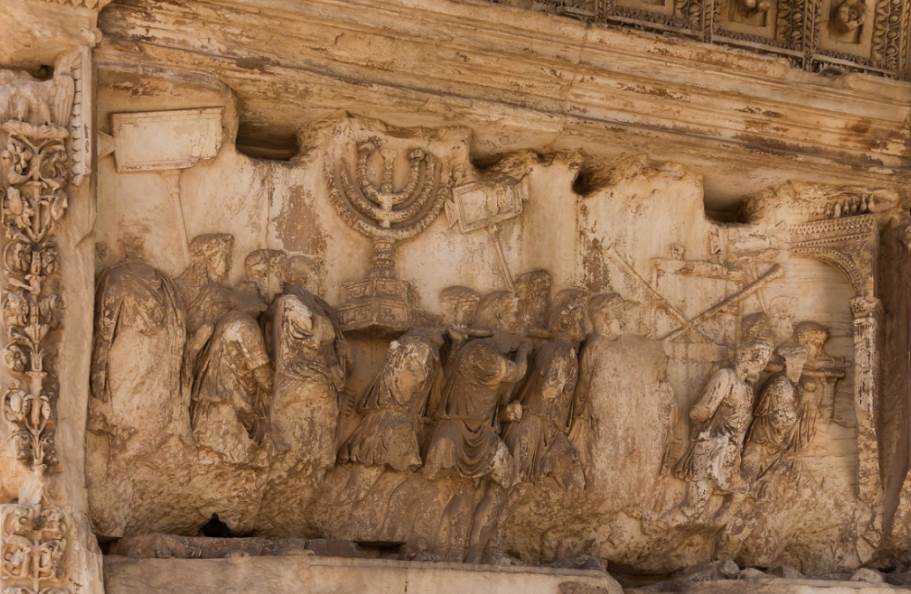
6. Where is the Arch of Titus located?
The deification of Titus was a major event and a procession went through the streets of Ancient Rome. His face was painted red with the mineral pigment cinnabar.
Since it was a dual event that also celebrated the victory in Judaea, nothing was left to the imagination. It became one of the most abundant parades in Roman history.
When Titus died and an arch honoring him was constructed, it was given one of the most prominent places in all of Rome on the Via Sacra, the exact spot that the “triumphalis” passed.
This is just west of the Colosseum and the biggest triumphal arch in Ancient Rome which would be built 234 years later, the Arch of Constantine, and just east of the Forum Romanum.
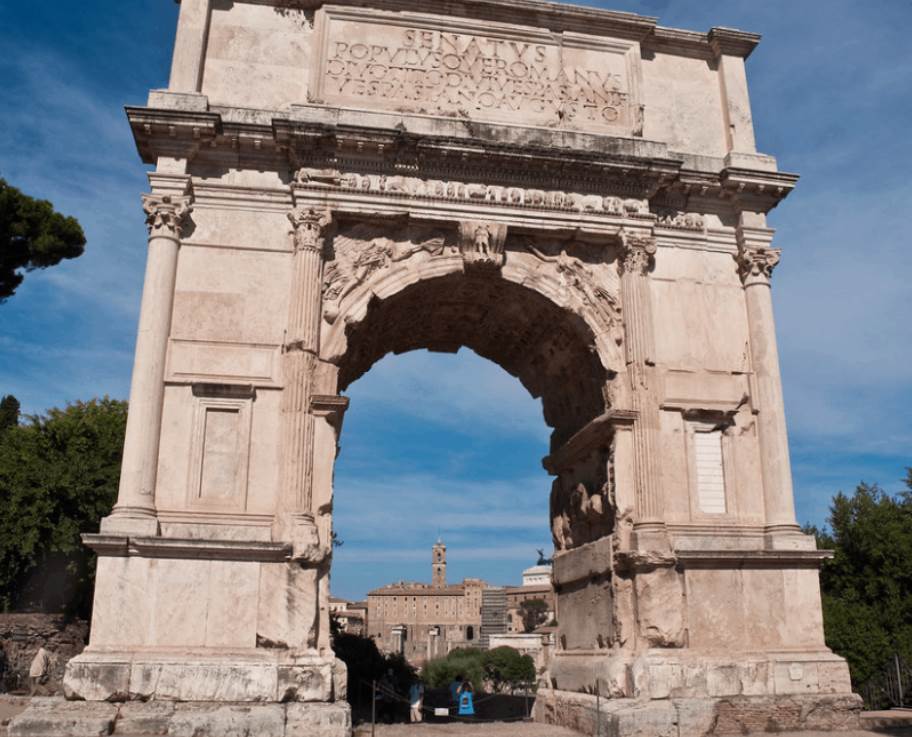
7. The architect of the Arch of Titus is unknown
There aren’t any contemporary documents to give us an understanding of who the main architect of the arch was.
It is, however, suggested that the architect was Rabirius, the favored architect of Emperor Domitian who also constructed the immense Flavian Palace on Palantine Hill in the center of Ancient Rome.
8. It’s not the biggest monumental arch out there
The Arch of Titus is definitely not the biggest monumental arch ever created. It only measures 15.4 meters (50 ft) in height, 13.5 meters (44 ft) in width, and 4.75 meters (15.5 ft) in depth.
The inner archway is 8.3 meters (27 ft) meters in height and 5.36 meters (17.5 ft) in width.
To give an example, the Arch of Constantine, which is located less than 100 meters from the Arch of Titus, is almost 6 meters higher.
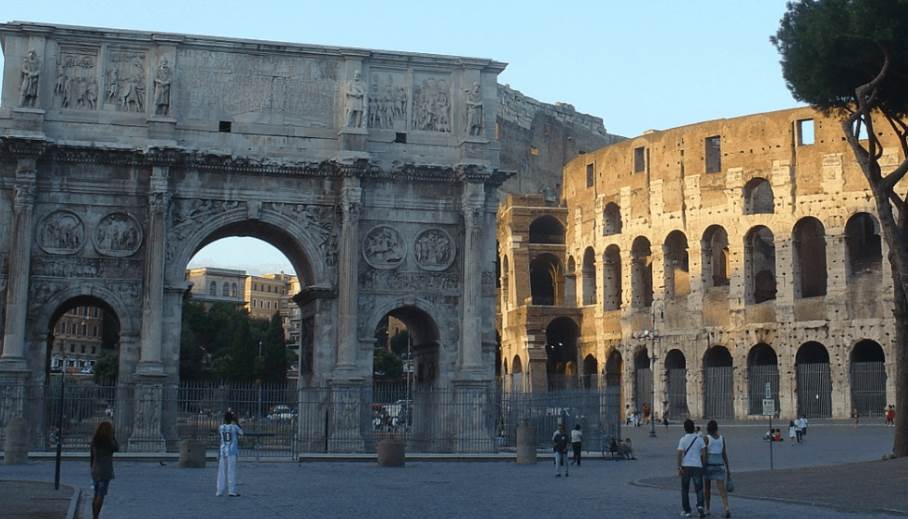
More interesting facts about the Arch of Titus
9. A lot of triumphal arches have been based on the arches constructed in Ancient Rome. Perhaps the most famous example is the Arc de Triomphe in Paris.
10. If you want to travel to Rome in the Middle Ages, you could get yourself a travel guide written in Latin. One of those guides was called the “Mirabilia Urbis Romae.”
In it, the Arch of Titus was described as “The Arch of the Seven Lamps of Titus and Vespasian, where Moses’ candlestick is having seven branches, with the Ark, at the foot of the Cartulary Tower.”
11. A powerful clan in Rome during the Middle Ages called the “Frangipane Family” added a second floor to the Arch of Titus and used it as a fortified tower. Holes from the construction of this second floor can still be seen in the panels of the arch.
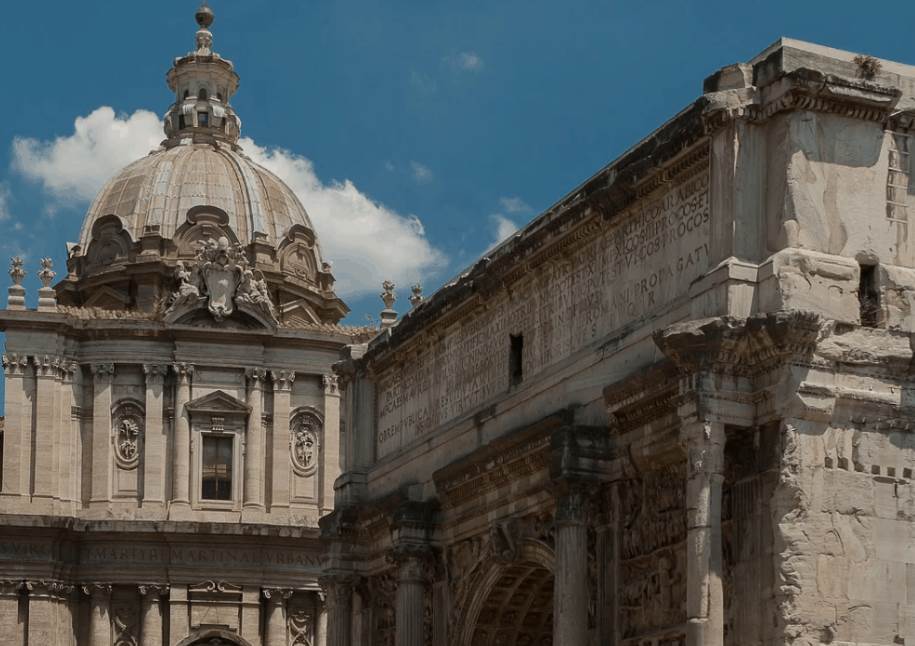
12. Considering the history of the Jews and the Arch of Titus, it used to be prohibited for Jews to walk beneath the ancient monument. This ban was revoked, however, when the state of Israel was created in 1948, and made public in the year 1996.
13. The Arch of Titus used to be in a pretty bad state before it received a massive renovation in the early 19th century.
One of the interesting facts about the Arch of Titus is that this renovation, which was started in 1817 with Raffaele Stern and continued in 1821 by Giuseppe Valdier under Pope Pius VII, was one of the first ancient monuments to undergo a modern restoration.
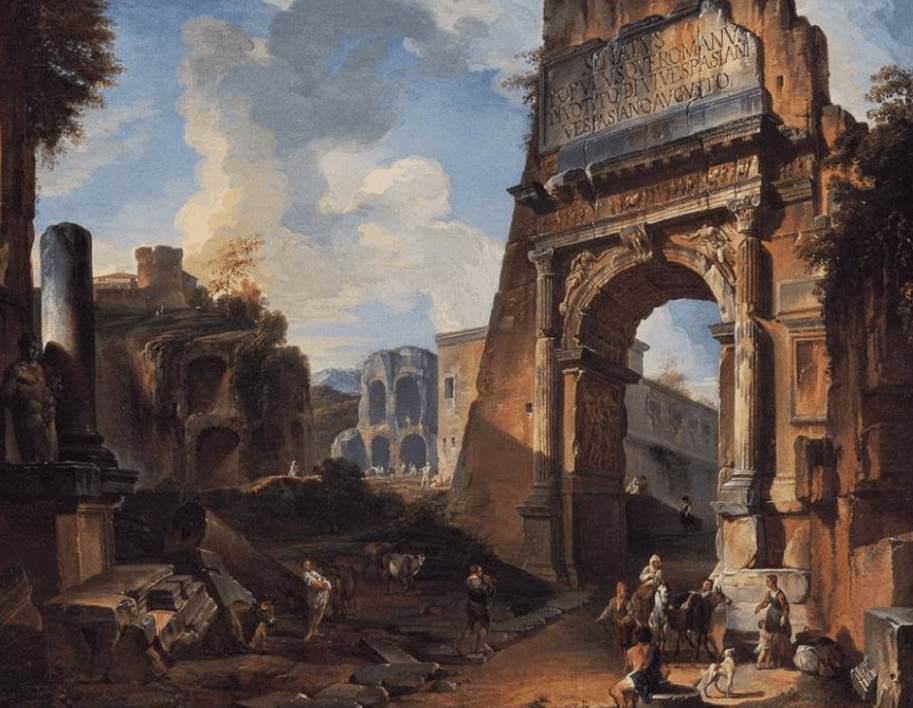
14. The Arch of Titus consists of both fluted and unfluted pillars. The fluted pillars are the original ones and the unfluted were added during the 19th-century renovation.
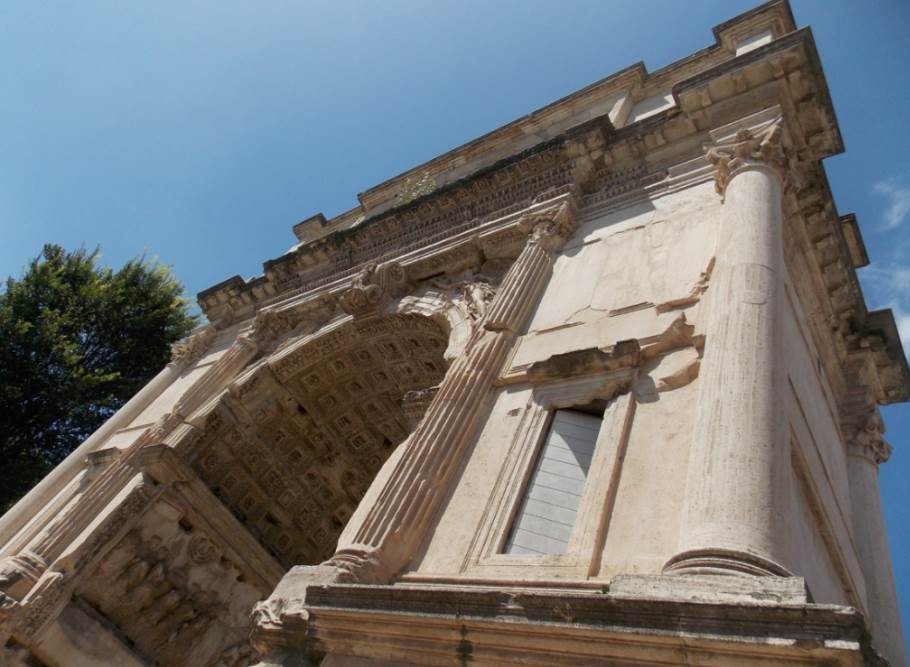
15. One of the reliefs on the Arch of Titus depicts the deification of Titus as he was marching through Rome in 71 A.D. during the procession. This relief can be found on the inside of the arch, lining the passageway.
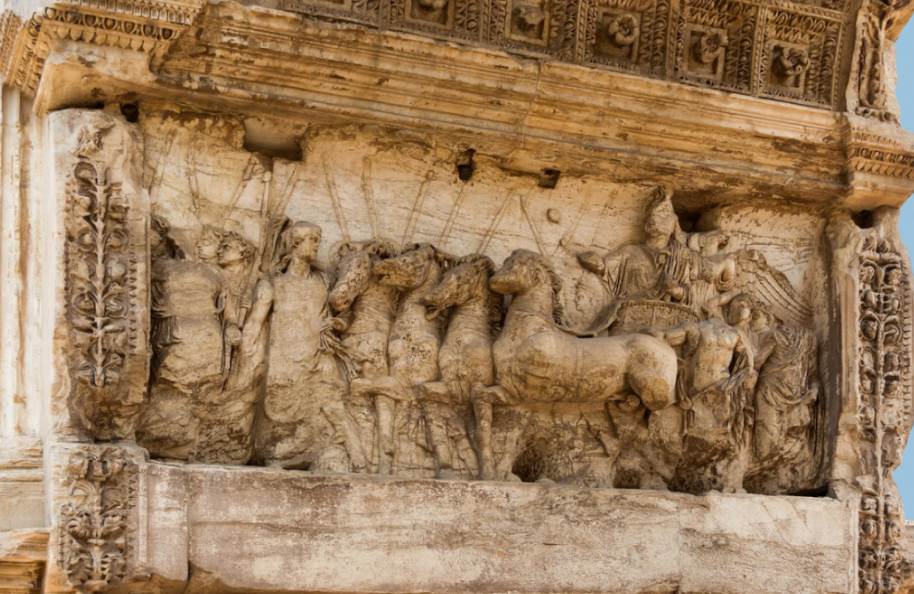
16. There used to be similar reliefs on the outside of the arch piers, but these have been lost when the Arch of Titus was being used as a fortification during the Middle Ages.
17. As with most monumental arches, there most probably used to be an immense statue on top of it. It’s assumed that a gilded chariot was decorating the attic of the arch. This has unfortunately also been lost over the centuries.
18. One of the most remarkable facts of the Arch of Titus is that the reliefs depict deities and human beings together. This is the first time that this happened as all the previous reliefs depicted deities and humans separated from each other.
19. The original inscription on the Arch of Titus can be found on the west side of the arch. The letters were made of silver or gold and used to read:
SENATVS
POPVLVSQVE·ROMANVS
DIVO·TITO·DIVI·VESPASIANI·F(ILIO)
VESPASIANO·AVGVSTO
This translates to:
“The Senate and the Roman people (dedicate this) to the deified Titus Vespasian Augustus, son of the deified Vespasian.”
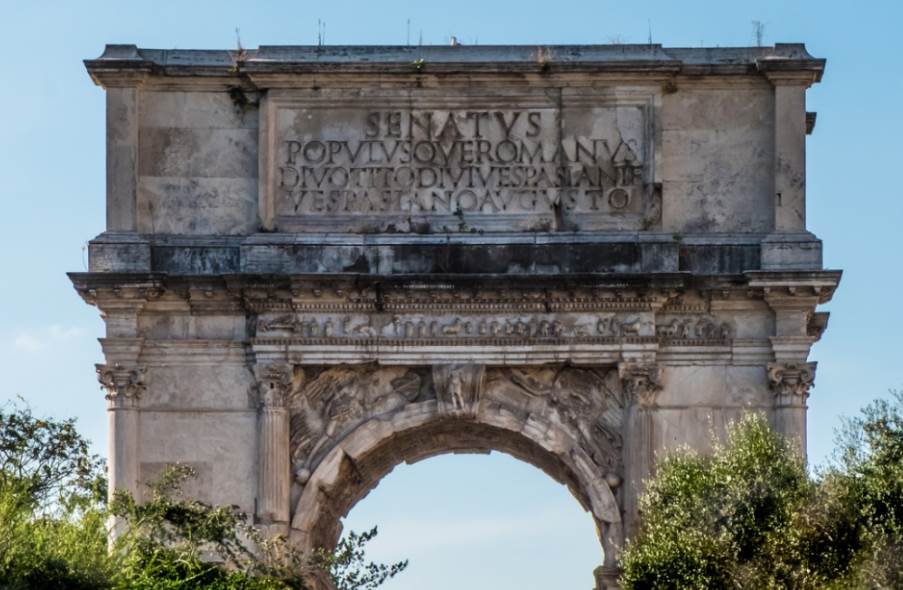
20. The east side of the arch also has letters that were added when the restoration under the command of Pope Pius VII was completed in 1821. These letters read:
INSIGNE · RELIGIONIS · ATQVE · ARTIS · MONVMENTVM
VETVSTATE · FATISCENS
PIVS · SEPTIMVS · PONTIFEX · MAX(IMVS)
NOVIS · OPERIBVS · PRISCVM · EXEMPLAR · IMITANTIBVS
FVLCIRI · SERVARIQVE · IVSSIT
ANNO · SACRI · PRINCIPATVS · EIVS · XXIIII
This translates to:
“This monument, remarkable in terms of both religion and art, had weakened from age: Pius the Seventh, Supreme Pontiff, by new works on the model of the ancient exemplar ordered it reinforced and preserved • In the 24th year of his sacred rulership. •”
